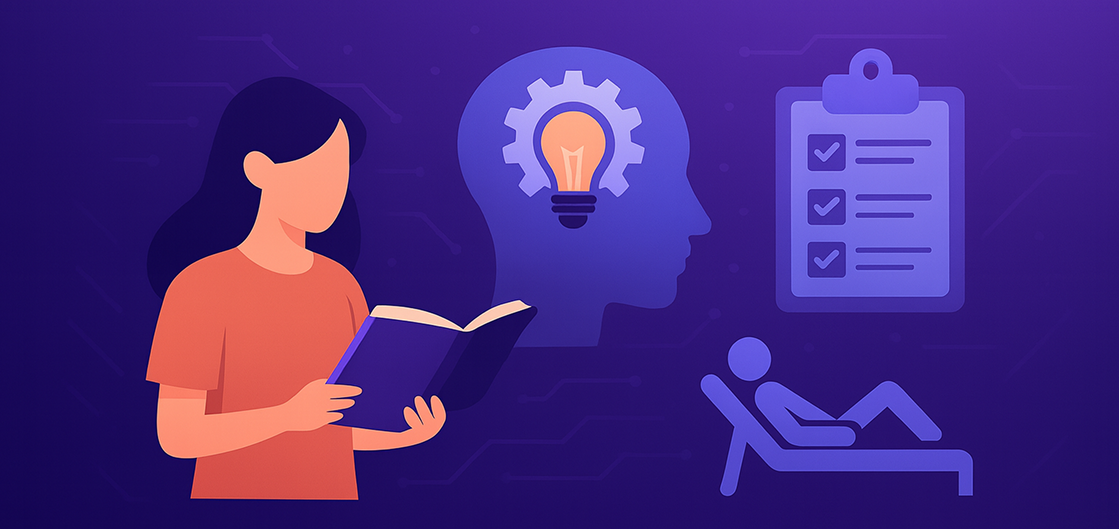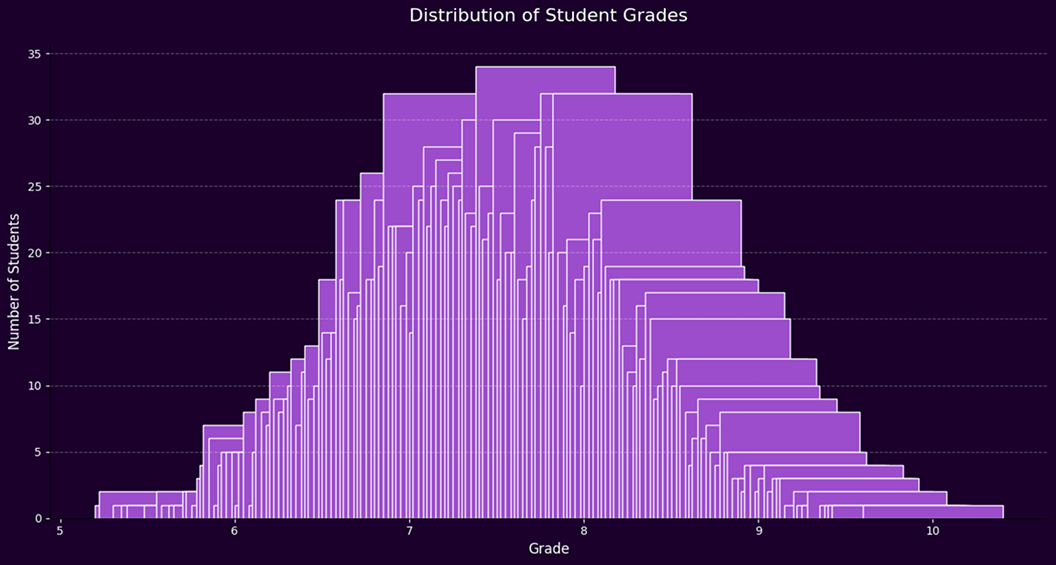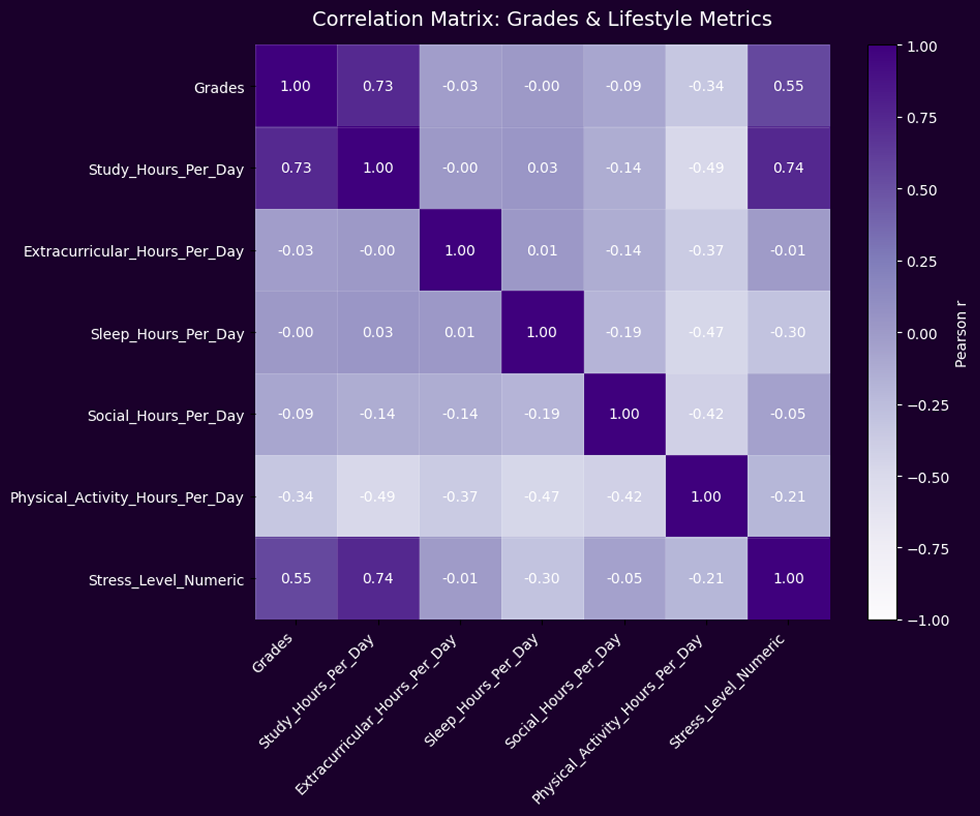We studied student lifestyle data to better understand how daily habits, academic performance, and stress levels interact — with a particular focus on how studying impacts psychological wellbeing and how mental health, in turn, can influence performance. By analyzing patterns in study time, extracurricular activities, sleep, socializing, physical activity, and stress, we found that while increased study hours are strongly linked to higher grades, they also contribute to elevated stress and reduced physical activity. Social and extracurricular engagements have minimal direct effect on grades but can help relieve stress, revealing important trade-offs between achievement and mental health. Gender-based analysis showed negligible differences in behavior and results, suggesting that lifestyle factors, rather than demographics, are the real drivers of outcomes.
Achieving the ideal balance between academic performance and psychological wellbeing is a highly individual process. Each student must reflect on their current state — asking whether their stress levels are too high, their grades lower than desired, or if their daily routine feels sustainable — and then decide which aspects of their lifestyle need adjustment. For some, this may mean dedicating more time to study; for others, it could mean prioritizing rest, social connection, or physical activity. Our “change needed” table provides a numerical roadmap, showing precisely how much each habit would need to shift to either raise grades or reduce stress. In practice, these insights can be applied by students to set realistic personal goals, by academic advisors to guide tailored study plans, and by mental health professionals to design interventions that protect wellbeing while supporting achievement. Rather than prescribing a one-size-fits-all formula, this approach empowers individuals to make informed, data-driven choices that align with their own priorities and capacity.
View the full code behind this analysis in our Google Colab notebook.




